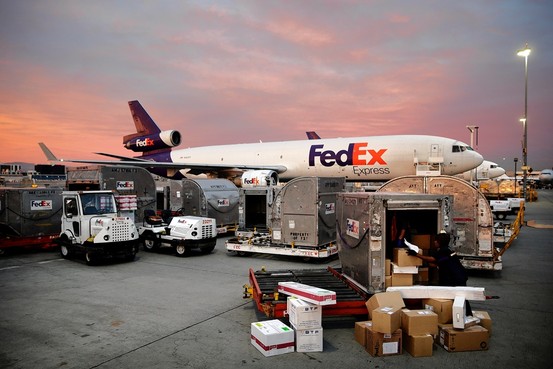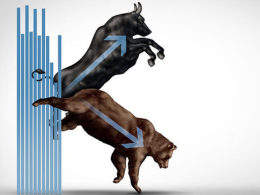Canada’s economy showed signs of fragility in early 2025, delivering a mixed signal on resilience amid rising trade tensions and domestic volatility. February’s real GDP contracted by 0.2%, dragged down by sector-specific setbacks and broader confidence shocks. While a modest 0.1% rebound is expected for March, the economy appears to be inching forward with growing caution.
In her latest commentary1, RBC Senior Economist Claire Fan paints a picture of an economy contending with layered disruptions—from erratic weather and volatile mining output to a retreat in consumer confidence under the looming shadow of tariffs. “The marginal 0.2% decline in February real Canadian GDP,” Fan writes, “was a reflection of a combination of factors including volatility in mining and oil and gas extraction industry, bad weather, end of government GST holidays and softer consumer and business sentiment due to escalating trade uncertainty.”
A Fragile Start to 2025
The contraction in February was not entirely unexpected, but its composition suggests underlying fragility. A steep 2.5% decline in the mining, quarrying, and oil and gas extraction sector led the pullback, with oil and gas extraction specifically down 2.8%. Other mining output also faltered, notably a nearly 15% drop in coal mining and a 2.5% decline in metal ores.
But external shocks weren’t the only culprits. Domestic confidence also faltered. “Weakness likely also reflected the impact of a sharp pullback in consumer and business confidence as U.S. tariff threats escalated,” Fan observed. Home resale activity slumped, dragging down residential building construction and real estate leasing services. Retail trade fell 0.2%, while accommodation and food services declined 1%—impacted not just by sentiment but also by “bad weather and the end of the GST tax holiday mid-month.”
Meanwhile, transportation and warehousing were also hit hard, down 1.1%, weighed by rail strikes and a severe snowstorm. These disruptions reinforce the view that multiple, overlapping frictions—not just tariffs—are straining the economy’s momentum.
Glimmers of Resilience
Yet not all sectors were in retreat. Manufacturing, particularly of durable goods, posted a 0.6% gain. According to Fan, “part of the increase could be tied to surging goods imports in the U.S. as businesses seek to front-run incoming tariffs,” suggesting the strength may be temporary and not indicative of a sustained trend. Financial services, buoyed by market activity, also stood out with a robust 2.7% gain in investment services.
This complex patchwork of contraction and selective growth meant that nearly all of Q1’s output gains were booked in January. March’s preliminary 0.1% uptick in GDP is welcome but insufficient to reverse February’s softness. Fan noted, “The increase in March won’t retrace all of the decline in February, but was still better than feared given tariffs and counter tariffs levied at the beginning and in the middle of that month.”
A Muddled Outlook
What lies ahead is a period of subdued momentum. RBC expects GDP growth to decelerate further in the coming quarters. The annualized growth rate for Q1 now looks set to come in at 1.5%, below the 1.8% pace previously tracked by both RBC and the Bank of Canada.
Fan adds a note of cautious optimism: “Indeed, softening in the economy since January due to tariffs is not to be discounted, but the GDP data and our own tracking of RBC card spending are both suggesting some resilience remain.”
Still, even with direct tariff impacts appearing relatively contained, the broader risks loom large. “A weaker US economy will continue to spill over and negatively impact Canada,” Fan warns. RBC’s forecast sees Canadian GDP essentially flatlining in upcoming quarters, with the unemployment rate likely to edge higher through the second half of 2025.
Key Takeaways for Advisors and Investors
For financial professionals and portfolio managers, this underscores the importance of distinguishing between temporary shocks and structural slowdowns. While certain sectors—such as manufacturing and financial services—may exhibit resilience, underlying consumer and business sentiment remains vulnerable to both policy volatility and external economic shifts.
In this environment, diversified exposure and defensive positioning may become more critical. Advisors should monitor not just GDP headlines, but also sector-specific performance and policy signals from both Ottawa and Washington.
Claire Fan’s concluding message is clear: even in the face of shocks, Canada’s economy is not without its defenses. But with external pressures mounting and domestic consumption cooling, the months ahead will test the limits of that resilience.
Footnote:
1 Claire Fan, Senior Economist, RBC Economics. “Canadian economy softened ahead of tariffs” 30 Apr. 2025
















